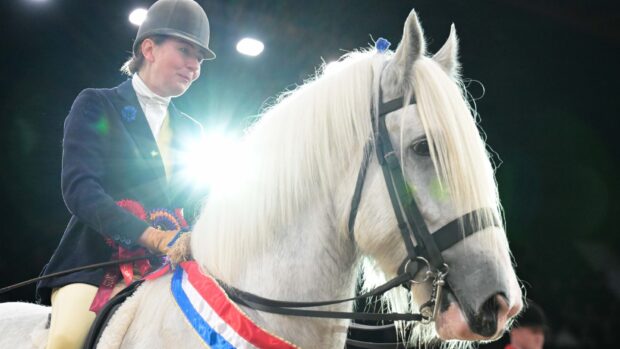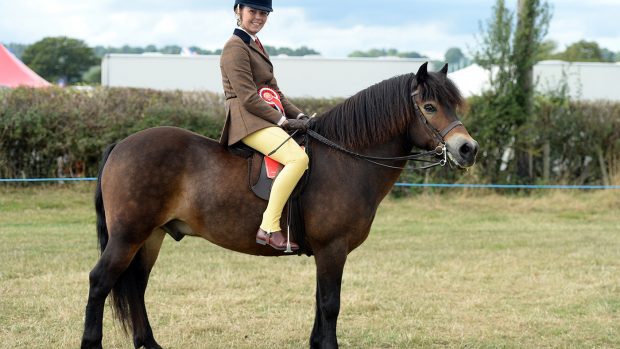The world’s largest recognised herd of Caspian horses could be in jeopardy if sponsors cannot be found to ensure its future.
The Sirhowy Stud, based in Farnham, Surrey is home to 50 of the rare breed, which was thought to be extinct until it was rediscovered in Iran in 1975.
Following the closure of the UK’s two other main Caspian studs five years ago, Sirhowy is now the UK’s largest herd, holding more than a third of the total stock of the ancient breed in this country. It is also the only herd in the world to have all 28 bloodlines discovered by zoologist Louise Firouz.
The stud was founded by breeder Naomi Thomas in 1987 and in recent years had diversified into an equine assisted therapy centre, using the Caspians’ excellent temperaments to help people with mental health difficulties.
Last year’s Beast from the East, followed by the exceptionally hot summer, put the stud under financial pressure and Naomi said she is now struggling.
“I was feeding every horse on the property winter hay last summer because we had no grass,” she told H&H.
“I have used my savings to keep the stud and the therapy centre going, but now we are looking for sponsors to come forward. I have tried every avenue before asking for help, but we now risk losing the herd.
“It’s not just financial help we want, any skills help with the business end of things would also be welcome,” Naomi added. “If the herd has to be dispersed then the clients using the therapy will also be left with nowhere to go. At the moment the situation is urgent.”
Naomi said the economic downturn combined with the increased costs of passporting and microchipping had meant only a handful of the horses are now being bred, reducing numbers in the UK to around 120-150 animals.
“Five years ago there were three substantial herds in the UK and two have now gone. One lot were dispersed through York livestock market, with at least one lorryload ending up on the continent, and 90% of the other herd were shot,” added Naomi, who is in the process of setting up a charitable foundation.
“If this herd is lost, the breed will be lost to the country entirely in 10 to 15 years’ time.”
Caspians are depicted in artwork dating back to 3000BC and are of great historical significance, believed by researchers to be the forefathers of the Arabian and in turn the Thoroughbred.
Continues below…

Vets treating filly injured in suspected acid attack praise public’s ‘amazing’ generosity
The equine hospital has been liaising with a specialist human burns unit to treat the pony's horrific facial injuries

Rare breed mares’ new home with US pop star
The singer has shipped the two horses across the pond for his two children to ride

Subscribe to Horse & Hound magazine today – and enjoy unlimited website access all year round
Louise’s attempt to re-establish the breed in Iran was hampered by war but a small number were brought over to Britain on the advice of Prince Phillip, establishing the UK population. Others were exported internationally, enabling the Caspian to survive.
The agile, light-framed breed ranges from 9hh to 11.2hh but despite their size, they are referred to as horses because their bone structure is more similar to a horse than a pony.
Though difficult to come by, as much of the UK stock is used for breeding, Caspians make exceptional children’s ponies and are known for their speed as well as their jumping ability.
For all the latest news analysis, competition reports, interviews, features and much more, don’t miss Horse & Hound magazine, on sale every Thursday.




